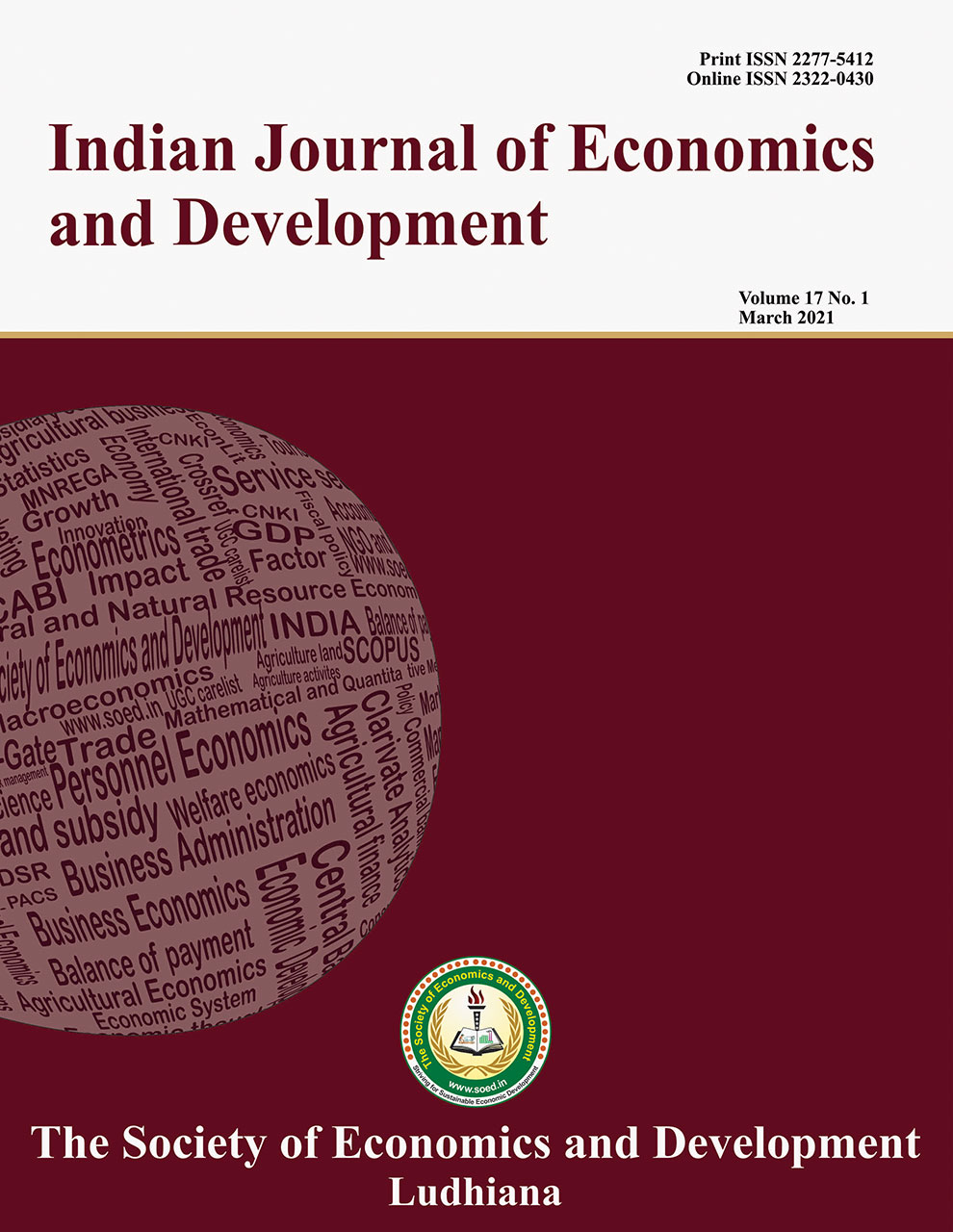Food Processing and Value Addition for Nutritional and Entrepreneurial Development in India: Opportunities and Challenges

Price: ₹ 1000
Author: Kiran Grover1, Himlesh2 and Priyanka Sharma3
Author Address: 1Professor,2SRF-UGC, and 3JRF-UGC, Department of Food and Nutrition, Punjab Agricultural University, Ludhiana-141004 (India)
Keywords: Kiran Grover1, Himlesh2 and Priyanka Sharma3
JEL Codes: 1Professor,2SRF-UGC, and 3JRF-UGC, Department of Food and Nutrition, Punjab Agricultural University, Ludhiana-141004 (India)
Abstract
The Indian agricultural sector has always been known as one of the best and largest economy-generating sectors. Despite holding a remarkable position in the production sector, Indians have a poor reach of this expanding production, owing to the lack of storage, refrigeration facilities and processing equipment which alter the food by its quality, quantity, added nutritional value and shelf life. India, being the top milk producer and second vegetable, fruit, and grain producer in the world has a growing number of food industries which are also described as sunrise industries. The irony is that we do not lack in production but in processing. Only 2 percent of Indian vegetable and fruit produce is processed, compared to more than 50 percent of the production processed throughout the world. Also, value addition in India is a mere 7 percent, while it is 23 percent in China and 88 percent in the UK. These figures along with urbanization and nutritional transition in India are creating a raised demand for food processing industries that improve the product quality, reduce the post-harvest losses, reduce wastage, generate employment and enhance nutrition security. A change in mindset with appropriate advocacy, training, and some financial buffering systems need to be put in place so that farmers realize the importance of processing and value addition for a better price. Given the importance of the processing of agricultural produce for the livelihood of rural people, it has the potential to greatly reduce poverty which is a key contributor to under nutrition and poor health. Further processing and value addition can also generate economy-wide effects such as increasing government revenues to food, infrastructure, health, and nutrition intervention programmes.
Description
Indian Journal of Economics and Development
Volume 16 No. SS, 2020, 152-159
DOI: https://doi.org/10.35716/ijed/NS20-102
Indexed in Clarivate Analytics (ESCI) of WoS
Kiran Grover1, Himlesh2 and Priyanka Sharma3
1Professor,2SRF-UGC, and 3JRF-UGC, Department of Food and Nutrition, Punjab Agricultural University, Ludhiana-141004 (India)
Corresponding author’s email: himlesh-fn@pau.edu



